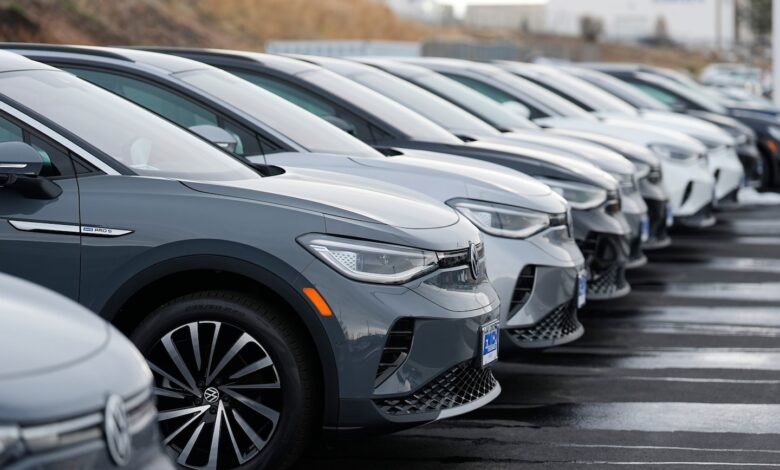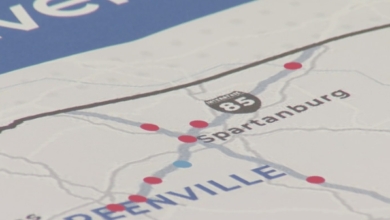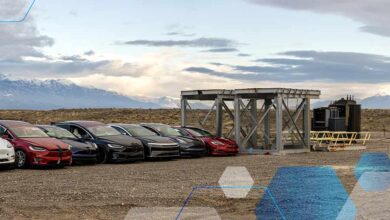A small EV tax credit change makes going electric more enticing

“It makes a huge difference,” said Gil Tal, who heads the Plug-in Hybrid & Electric Vehicle Research Center at the University of California at Davis. Although the size of the tax credit hasn’t changed, applying it as an upfront discount means car buyers can take out smaller loans and make lower monthly payments.
Car buyers and dealers were quick to take advantage of the change. More than 13,000 of the country’s roughly 17,000 car dealerships signed up for the program, according to the Treasury Department. Since Jan. 1, roughly 90 percent of new EV buyers and 75 percent of used-EV buyers who claimed a tax credit asked for an upfront discount.
The value of an upfront discount
Simply turning the tax credit into an upfront discount makes the incentive about $1,500 more valuable to car buyers, according to a 2022 study from researchers at George Washington University who surveyed Americans about the kinds of EV incentives they found most appealing.
In other words, a $7,500 upfront discount is about as enticing to potential EV buyers as a $9,000 tax credit they won’t get until later.
“If you’re getting a tax credit, you still have to pay the full price and your monthly bill could be higher,” said John Helveston, the lead author of the study. “Even though you get that money later when you file your taxes, it doesn’t hit the same way as, ‘What’s my monthly payment going to be?’”
“Almost every stakeholder in the ecosystem benefits from doing it this way,” Helveston added.
For car dealers struggling to sell EVs, a discount on the sticker price is a better sales tool than a tax credit. “Before they always would have to say, ‘Yeah, well, you’ve got to pay this high price now — but just wait six months to get that money back!’” he said. “That does not sell well.”
And taxpayers get more bang for every buck the government spends on EV discounts. “The government spends the same $7,500, and they get more value out of that than if they did it as a tax credit,” Helveston said.
If you want to find out which cars qualify for the credit, you can check the federal government’s up-to-date list of new and used EVs.
Many early EV buyers were wealthy Americans who could afford to spend more on a car they felt would help the planet or be a status symbol. Now, carmakers are releasing more affordable EVs to appeal to the middle class.
“We are moving toward the mainstream market, to lower-cost vehicles and people who are more price-sensitive,” Tal said. “So the impact of this $7,500 is now higher than what it used to be when it was very high-end cars and very early adopters.”
Plus, as prices drop, the federal subsidy erases a bigger percentage of the car’s price. Today, a $7,500 discount would take 14 percent off the average EV sale price of $54,000. But if carmakers start rolling out EVs for $30,000, as Honda and GM once promised, that same subsidy would be a 25 percent discount. “It’s a much larger percent and a bigger impact on the buyer,” Tal said.
But the incentive hasn’t translated into higher sales as buyers remain worried about the high cost of electric cars and the challenge of finding charging stations, according to Stephanie Valdez Streaty, director of Industry Insights at the car industry analysis firm Cox Automotive.
“The upfront discount is going to help, but it’s not going to completely drive adoption,” she said.
Americans bought fewer electric cars in the first quarter of this year than they did in the previous quarter — the first quarterly drop in EV sales since the pandemic tanked the global economy in 2020, according to Cox Automotive data.



